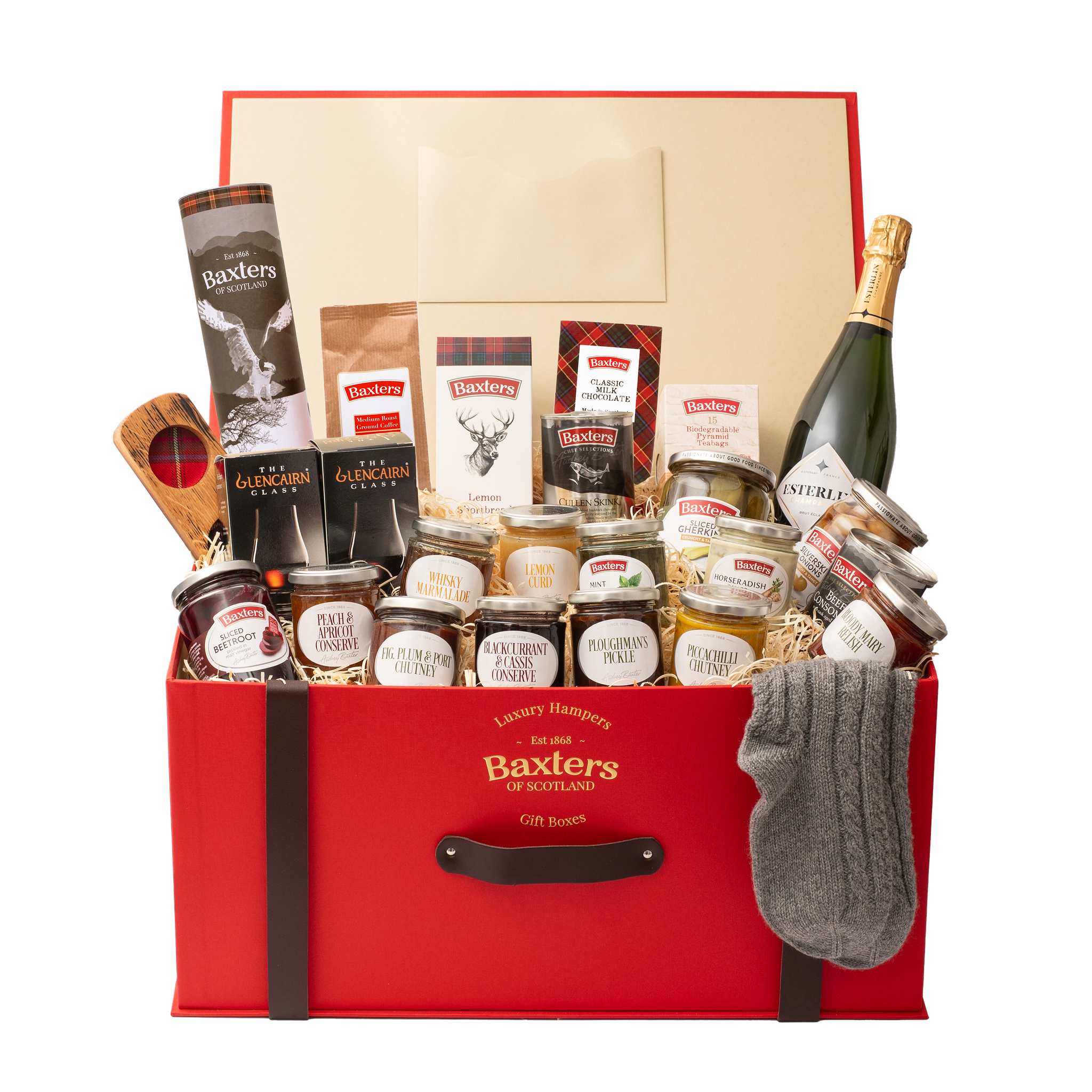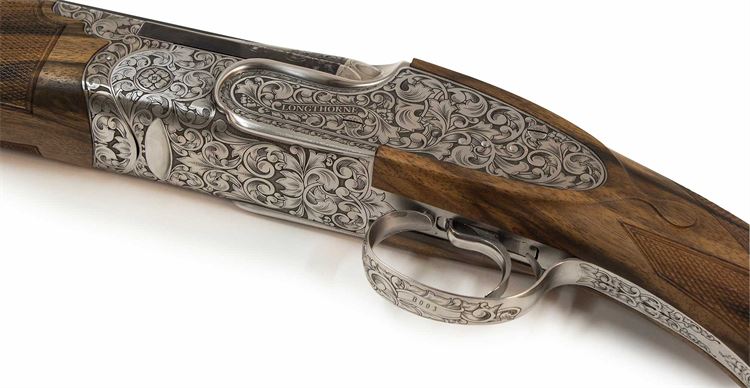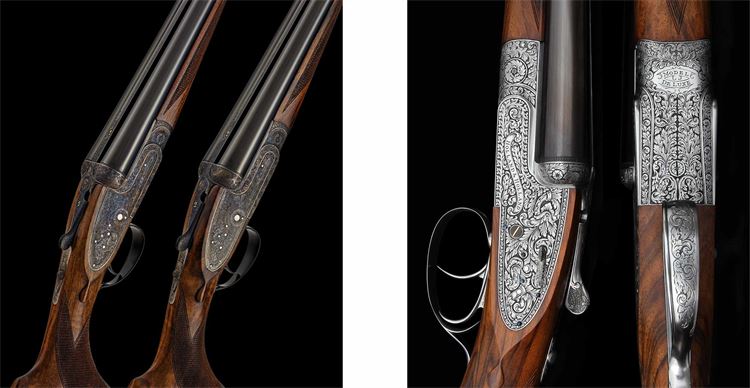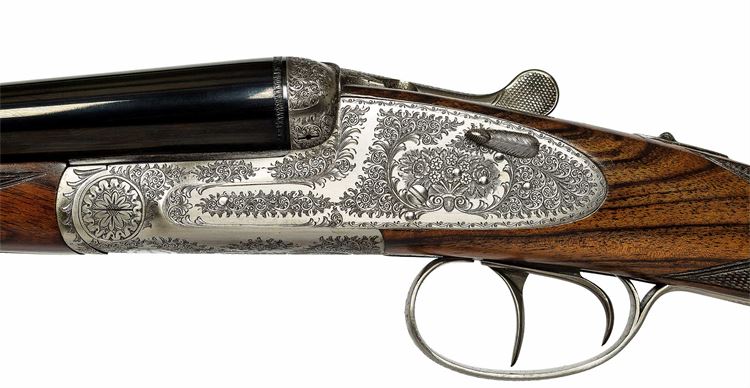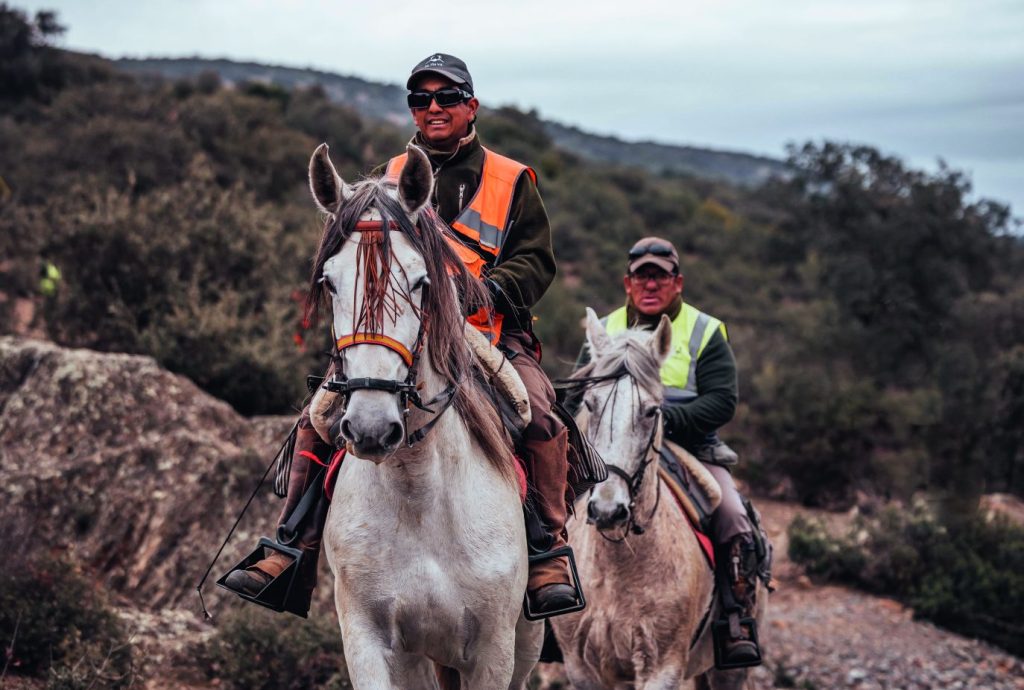Sixteen bore shotguns
A closer look at why there’s a resurgence in popularity of the 16 bore shotgun in both the UK and the USA.
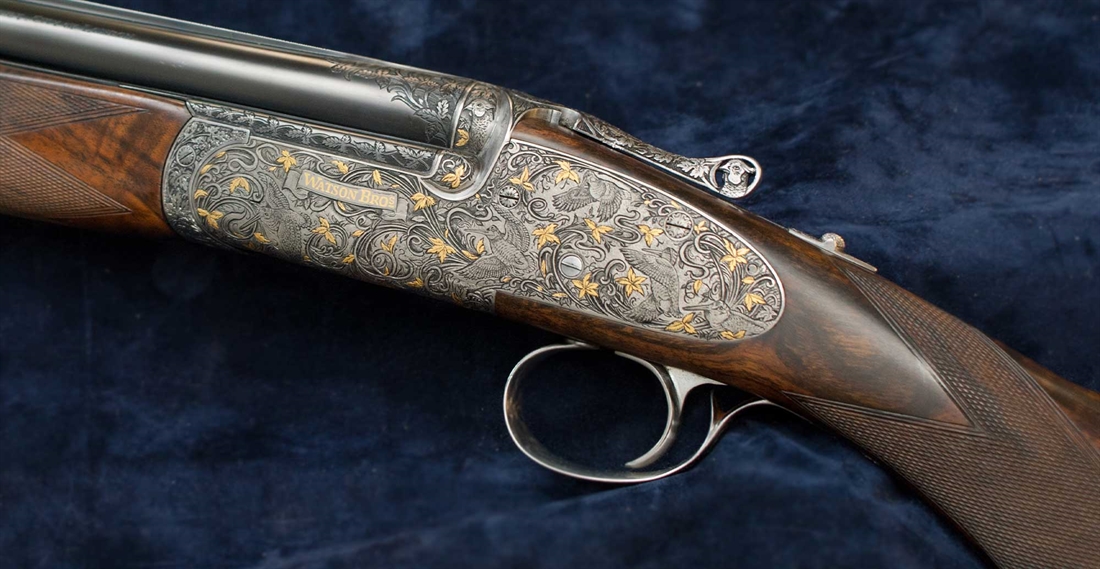
From the early to mid 20th century, in the USA, Europe, and the UK, the 16 bore was a popular choice among game Shots. In the USA it was widely considered to be ‘the gentleman’s gun’ and in the 1950s accounted for almost a quarter of all shotgun sales. Why then did it fall so far from favour in the years that followed?
Initially the demise of the 16 bore was probably due to its close proximity to the 12 and 20, both of which offered the game Shots a greater variety of cartridge and load options.
In America there were other factors involved in the calibre’s demise. The first occurred in 1926 when the USA National Skeet Association decided to drop the 16 bore from its handicapped competitions, opting to stick with the .410, 28, 20 and 12 bore. This resulted in a scarcity of 16 bore cartridge options for the clay target market, with the only cartridges available being game loads. The other factor in the USA was the introduction of the 3″ chambered 20 bore which resulted in an even wider range of loads being offered by the main cartridge manufacturers.
And in the UK, if you were on a hot peg and ran out of ammunition you could readily borrow some 12 or 20 bore cartridges from a friend or neighbouring Gun. But if you happened to be shooting a 16 bore, you were pretty much stuffed. And, of course, there were far more options available in 12 bore for high driven birds in particular the 1¼ oz (36g) load.
However, there are other considerations, particularly for the older game Shot. Many of us appreciate a gun that, on a true scaled side-by-side frame, weighs between 6lb 2oz and 6lb 10oz, and in an over-under, 6lb 8oz and 7lb. Plus it fires a 1oz load, which, in a 16 bore, is acknowledged to pattern better and hit harder than it should have any right to!
Furthermore, the 16 bore sits perfectly between the 12 and 20; its svelte action and lines, perfect balance and lively handling match the 20 bore, but deliver the pattern of a 12. Indeed the 16 bore has long had the reputation that it carries like a 20 and hits like a 12.
The recent fashion for shooting extremely high pheasants has resulted in a demand for heavier over-under shotguns that are capable of handling big loads. Guns weighing between 8½ and 9½lb, with 30, 32 or even 34″ barrels have become the norm in the driven shooting field; the recoil is proportional to the velocity, so what goes out the front is felt at the back. Using heavy loads in light guns can result in very painful shoulders and joints come the end of a long and busy day’s driven shooting.
Some Guns have chosen to move back to a 20 bore but, once again, the heavy loads that people believe are required to hit and cleanly kill those high birds can make for uncomfortable shooting.
So, I believe that the resurgence of the 16 bore – particularly in the over-under configuration – is, therefore, because it offers a lighter, dynamic-handling shotgun that in combination with a 1oz load delivers superior patterns without excessive recoil. Essentially it’s all about balance.
THE SQUARE LOAD
Both the 28 and 16 bores are often said to produce a ‘square load’, one that, ballistically, performs exceptionally well in all respects. This square load theory stems from the era of black powder muskets.
Early muzzleloaders had to learn by trial and error the exact amount of powder needed to generate the pressure they needed. Of course, too much pressure resulted in deformed pellets and poor patterns, made worse by the soft shot used at the time. And if the shot columns were longer than the nominal boring, the number of deformed pellets increased, resulting in flyers and inferior patterns.
Eventually, they discovered that if they used equal amounts of powder and shot with the wad all the same length/height as the nominal boring/diameter of the barrel, it resulted in more consistent patterns. This combination became known has a ‘square load’. They ‘un-squared’ the loads to vary the patterns. More powder or less shot gave more spread. If they wanted a tighter pattern out of the cylinder bores, they dropped the volume of black powder or upped the volume of shot.
The ballistic reasoning behind the square load does not always apply to modern cartridges because of case length, the use of progressive powders, modern engineered wads and very hard (high antimony) shot.
But today, there is a good argument to be made for the use of the 16 bore in the game shooting field. An ounce of shot in a true 16 bore creates a shot column of near perfect dimensions for good patterns.
A MODERN RESURGENCE
Today, the 16 bore has experienced something of a revival both in terms of the manufacture of new guns, and also an increase in the range of ammunition available from a variety of cartridge makers. Therefore, this chicken and egg situation could be being driven by either the greater choice of ammunition or the resurgence in the 16 bore’s popularity due to its inherently good ballistics.
Robert Everitt of Hull Cartridge Company – who have seen an increase in sales of 16 bore cartridges – puts it down to two factors: a general resurgence in popularity of the calibre, and the fact that used traditional English game guns have also become more popular in recent years.
“There’s no getting away from the fact that, ballistically, the 16 bore is a brilliant calibre,” he says. “It does pattern beautifully – that’s a fact – and with 26 and 28g loads, it is smooth and very pleasant to shoot. In fact, I have a 16 bore myself, and I absolutely love it. Here at Hull, we have always maintained that there is no need to put big loads through smaller gauges, but particularly in the 16 bore, as it performs and patterns so well with traditional 1oz loads.”
James Longthorne Stewart, founder of Longthorne Gunmakers in Northampton, has noticed a similar trend too, and puts it down to the increased availability of 16 bore guns on the market. “It’s definitely a chicken and egg situation. Due to the historical decline in popularity of the 16 bore among game Shots – which, in the UK, I would put down to our recent obsession with high or extreme-range birds and the perception that you need a big gun, long barrels and heavy load to kill them – the main dealers haven’t had many 16 bore guns available. But, in our experience, when potential customers try a well-balanced 16 bore, they invariably fall in love with it. So much so that at Longthorne, we are now selling as many 16 bores as we are 20s.”
Like me, James believes that the 16 bore represents a perfect compromise, and he makes the valid point that the enjoyment we derive from game shooting doesn’t – or at least shouldn’t – stem from the killing of birds at extreme ranges but from the pleasure of using a gun that fits like a glove, is perfectly balanced and feels lively and manoeuvrable in your hands and is pleasant to shoot.
“Because of this relatively recent obsession with extreme-range pheasants, people have ended up with what are essentially big, heavy trap guns that are good for one thing only – very high, straight driven birds. Beyond that, they’re really not suited to game shooting – they’re one-dimensional and, let’s be honest, not particularly enjoyable to use. And then at the other end of the spectrum, you have people putting 36g loads of No. 4s through relatively light 20 bores. This, of course, makes no sense. You might as well shoot a 12 with the same load, or a 16 with a reasonable (28g) load. Indeed, the 16 bore, in my opinion, offers a perfect balance between the two. It patterns and kills just as effectively as the 12, feels relatively light and lively, and, when built on our very low profile 12 bore frame, is beautifully balanced and a genuine pleasure to use.”
Like James, I too have overseen the making of a number of 16 bore over-unders in recent years, both in the UK and in Italy. The bespoke Italian gunmakers offer the option to build you a 16 bore gun on either a 20 bore frame if you want a lightweight gun, or on a 12 bore frame if you want some recoil-absorbing weight. The Spanish build a true-scaled 16 bore frame, as of course do the best London gunmakers.
I had the opportunity to shoot a pair of Luciano Bosis 16 bore over-unders recently, and I have to say, I was delighted with their balance and handling. I felt minimal recoil and, whether it’s the square load phenomenon or not, they hit hard and killed cleanly.
From my own personal experience and knowledge, I can certainly understand why the 16 bore is now making a slow but sure comeback. Long may it continue.
Related Articles
Get the latest news delivered direct to your door
Subscribe to Fieldsports Journal
Elevate your experience in the field with a subscription to Fieldsports Journal, the premium publication for passionate country sports enthusiasts. This bi-monthly journal delivers unparalleled coverage of game shooting, fishing and big game across the UK and beyond.
Each issue offers a stunning collection of in-depth features, expert opinions and world-class photography, all presented in a timeless yet contemporary design.
Save 10% on shop price when you subscribe, with a choice of packages that work for you. Choose from Print & Digital or Digital only with each journal delivered directly to your door or via the app every other month, plus access to past issues with the digital back issue library.





